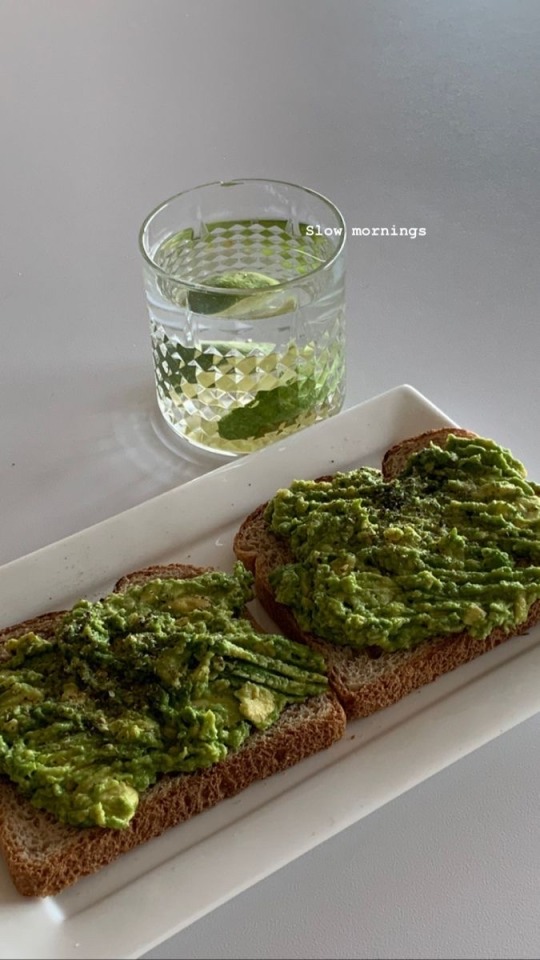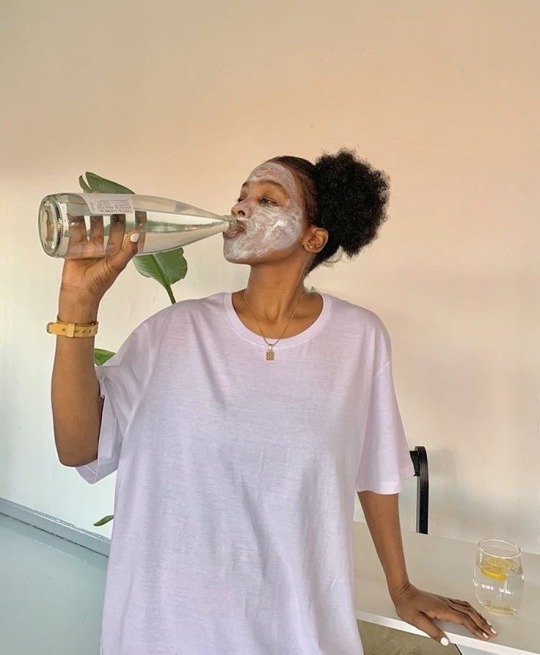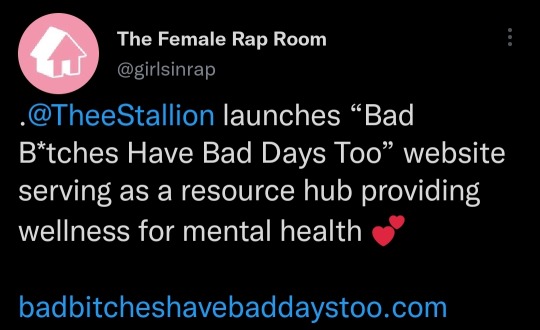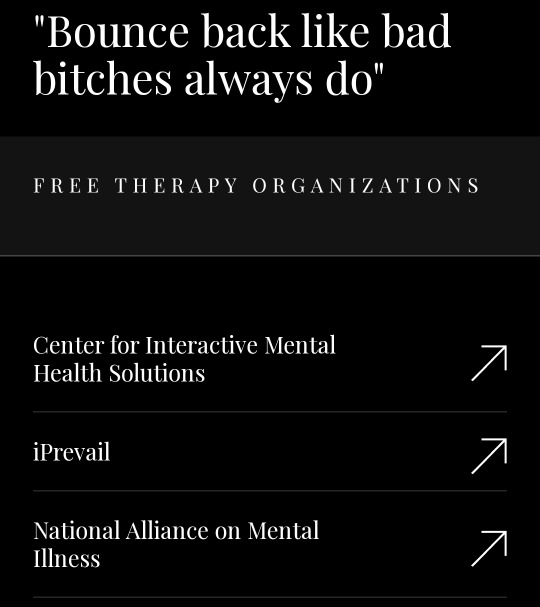Text
The more you have, the more you give.!💝💐
How to learn a language when you don’t know where to start:
General Plan:
Weeks 1 and 2:
Purpose:
Learn the fundamentals sentence construction
Learn how to spell and count
Start building a phrase stockpile with basic greetings
The Alphabet
Numbers 1 - 100
Subject Pronouns
Common Greetings
Conjugate the Two Most Important Verbs: to be and to have
Basic Definite and Indefinite Articles
Weeks 3 and 4:
Purpose:
Learn essential vocabulary for the day-to-day
Start conjugating regular verbs
Days of the Week and Months of the Year
How to tell the time
How to talk about the weather
Family Vocabulary
Present Tense Conjugations Verbs
Weeks 5 and 6:
Purpose:
Warm up with the last of the day-to-day vocabulary
Add more complex types of sentences to your grammar
Colours
House vocabulary
How to ask questions
Present Tense Conjugations Verbs
Forming negatives
Weeks 7 and 8:
Purpose:
Learn how to navigate basic situations in a region of your target language country
Finish memorising regular conjugation rules
Food Vocabulary and Ordering at Restaurants
Money and Shopping Phrases
Present Tense Conjugations Verbs
Weeks 9 and 10:
Purpose:
Start constructing descriptive and more complex sentences
Adjectives
Reflective verbs
Places vocabulary
Weeks 11 and 12:
Purpose:
Add more complex descriptions to your sentences with adverbs
Wrap up vocabulary essentials
Adverbs
Parts of the body and medical vocabulary
Tips for Learning a Foreign Language:
Learning Vocabulary:
What vocabulary should I be learning?
There are hundreds of thousands of words in every language, and the large majority of them won’t be immediately relevant to you when you’re starting out.Typically, the most frequent 3000 words make up 90% of the language that a native speaker uses on any given day. Instead try to learn the most useful words in a language, and then expand outwards from there according to your needs and interests.
Choose the words you want/need to learn.
Relate them to what you already know.
Review them until they’ve reached your long-term memory.
Record them so learning is never lost.
Use them in meaningful human conversation and communication.
How should I record the vocabulary?
Learners need to see and/or hear a new word of phrase 6 to 17 times before they really know a piece of vocabulary.
Keep a careful record of new vocabulary.
Record the vocabulary in a way that is helpful to you and will ensure that you will practice the vocabulary, e.g. flashcards.
Vocabulary should be organised so that words are easier to find, e.g. alphabetically or according to topic.
Ideally when noting vocabulary you should write down not only the meaning, but the grammatical class, and example in a sentence, and where needed information about structure.
How should I practice using the vocabulary?
Look, Say, Cover, Write and Check - Use this method for learning and remembering vocabulary. This method is really good for learning spellings.
Make flashcards. Write the vocabulary on the front with the definition and examples on the back.
Draw mind maps or make visual representations of the new vocabulary groups.
Stick labels or post it notes on corresponding objects, e.g when learning kitchen vocabulary you could label items in your house.
How often should I be practising vocabulary?
A valuable technique is ‘the principle of expanding rehearsal’. This means reviewing vocabulary shortly after first learning them then at increasingly longer intervals.
Ideally, words should be reviewed:
5-10 minutes later
24 hours later
One week later
1-2 months later
6 months later
Knowing a vocabulary item well enough to use it productively means knowing:
Its written and spoken forms (spelling and pronunciation).
Its grammatical category and other grammatical information
Related words and word families, e.g. adjective, adverb, verb, noun.
Common collocations (Words that often come before or after it).
Receptive Skills: Listening and Reading
Reading is probably one of the most effective ways of building vocabulary knowledge.
Listening is also important because it occupies a big chunk of the time we spend communicating.
Tips for reading in a foreign language:
Start basic and small. Children’s books are great practice for beginners. Don’t try to dive into a novel or newspaper too early, since it can be discouraging and time consuming if you have to look up every other word.
Read things you’ve already read in your native language. The fact that you at least know the gist of the story will help you to pick up context clues, learn new vocabulary and grammatical constructions.
Read books with their accompanying audio books. Reading a book while listening to the accompanying audio will improve your “ear training”. It will also help you to learn the pronunciation of words.
Tips for listening in a foreign language:
Watch films in your target language.
Read a book while also listening along to the audio book version.
Listen to the radio in your target language.
Watch videos online in your target language.
Activities to do to show that you’ve understood what you’ve been listening to:
Try drawing a picture of what was said.
Ask yourself some questions about it and try to answer them.
Provide a summary of what was said.
Suggest what might come next in the “story.”
Translate what was said into another language.
“Talk back” to the speaker to engage in imaginary conversation.
Productive Skills: Speaking and Writing
Tips for speaking in a foreign language:
If you can, try to speak the language every day either out loud to yourself or chat to another native speaker whether it is a colleague, a friend, a tutor or a language exchange partner.
Write a list of topics and think about what you could say about each one. First you could write out your thoughts and then read them out loud. Look up the words you don’t know. You could also come up with questions at the end to ask someone else.
A really good way to improve your own speaking is to listen to how native speakers talk and imitate their accent, their rhythm of speech and tone of voice. Watch how their lips move and pay attention to the stressed sounds. You could watch interviews on YouTube or online news websites and pause every so often to copy what you have just heard. You could even sing along to songs sung in the target language.
Walk around the house and describe what you say. Say what you like or dislike about the room or the furniture or the decor. Talk about what you want to change.This gets you to practise every day vocabulary.
Tips for writing in a foreign language:
Practice writing in your target language. Keep it simple to start with. Beginner vocabulary and grammar concepts are generally very descriptive and concrete.
Practice writing by hand. Here are some things you can write out by hand:
Diary entries
Shopping lists
Reminders
What could I write about?
Write about your day, an interesting event, how you’re feeling, or what you’re thinking.
Make up a conversation between two people.
Write a letter to a friend, yourself, or a celebrity. You don’t need to send it; just writing it will be helpful.
Translate a text you’ve written in your native language into your foreign language.
Write a review or a book you’ve recently read or a film you’ve recently watched.
Write Facebook statuses, Tweets or Tumblr posts (whether you post them or not will be up to you).
Write a short story or poem.
Writing is one of the hardest things to do well as a non-native speaker of a language, because there’s no room to hide.
There are lots of ways to improve your writing ability, but they can be essentially boiled down to three key components:
Read a lot
Write a lot
Get your writing corrected
28K notes
·
View notes
Text
🌸💕
Supplements & Vitamins
Here's a list of some of the most commonly used supplements and their benefits. Please remember that while supplements can be beneficial for certain people, everyones nutritional needs are different. It's always a good idea to consult with a specialist before adding any new supplements to your routine, as individual needs may vary.
Multivitamin: Provides a range of essential vitamins and minerals to support overall health and fill potential nutrient gaps in your diet.
Omega-3 Fatty Acids: Promote heart health, brain function, and reduce inflammation. Typically derived from fish oil or algae.
Vitamin D: Supports bone health, immune function, and may have a positive impact on mood. It's commonly obtained through sun exposure, but supplements can be useful, especially in winter or for those with limited sun exposure.
Probiotics: Help promote a healthy gut microbiome, aiding digestion, nutrient absorption, and immune function.
Magnesium: Important for muscle and nerve function, bone health, and energy production. It may also help with relaxation and sleep.
B vitamins: Help convert food into energy, support brain function, and maintain healthy hair, skin, and nails.
Vitamin C: Boosts immune function, acts as an antioxidant, supports collagen production, and aids in iron absorption.
Zinc: Essential for immune function, wound healing, and cell division. It also supports normal growth and development during pregnancy, childhood, and adolescence.
Iron: Required for red blood cell production and oxygen transport. Iron deficiency can lead to anemia and fatigue, but it's essential to get iron levels checked before supplementing.
Calcium: Crucial for bone health and muscle function. It's often combined with vitamin D for better absorption.
Coenzyme Q10 (CoQ10): Plays a vital role in energy production within cells and acts as an antioxidant. It may benefit heart health and cellular energy metabolism.
Curcumin (Turmeric extract): Possesses anti-inflammatory and antioxidant properties, potentially supporting joint health and cognitive function.
Ashwagandha: An adaptogenic herb that may help reduce stress, promote relaxation, and support cognitive function.
Green Tea Extract: Contains antioxidants and may support cardiovascular health, weight management, and cognitive function.
Glucosamine: Commonly used for joint health and may help alleviate symptoms of osteoarthritis.
Chondroitin: Often taken alongside glucosamine, it may help reduce joint pain and improve joint mobility.
Probiotics for Gut Health: Certain strains of probiotics can help restore and maintain a healthy balance of gut bacteria, supporting digestion and immune function.
Melatonin: A hormone that regulates sleep-wake cycles, melatonin supplements can help with insomnia or jet lag.
Vitamin E: An antioxidant that supports immune function and may help protect against cellular damage.
Ginseng: An adaptogenic herb that may help increase energy, reduce stress, and support cognitive function.
Prebiotics: These are non-digestible fibers that promote the growth of beneficial gut bacteria, supporting gut health and digestion.
Magnesium: In addition to its previous benefits, magnesium may help reduce muscle cramps, improve mood, and promote relaxation.
Probiotics for Vaginal Health: Certain strains of probiotics can help maintain a healthy balance of vaginal flora, reducing the risk of infections.
Cranberry Extract: Often used for urinary tract health, cranberry extract may help prevent urinary tract infections.
Resveratrol: Found in grapes and berries, resveratrol has antioxidant properties and may support heart health and longevity.
L-theanine: An amino acid commonly found in green tea, L-theanine may promote relaxation, improve focus, and reduce anxiety.
3K notes
·
View notes
Photo



Pieris japonica (Japanese andromeda var: ‘Valley Valentine’)
Japanese andromeda is a common early-spring, flowering shrub and it comes in cream-colored to pinkish-red varieties. ‘Valley Valentine’ is probably the darkest red of them all, and this one’s putting on quite a show just up the street. The flowers last for about two weeks and this specimen is over ten feet tall.
There is a health warning on this plant. It’s deadly poisonous to humans, cats, dogs, goats, horses and cattle. If you eat the leaves or flowers of Japanese andromeda symptoms may include; salivation, headaches, vomiting, cardiac failure, and death. Japanese andromeda may be beautiful but be careful where you plant it. Consider this a public service announcement from your friends @flowerishness.
246 notes
·
View notes
Text
Learning is the lesson.! Everytime.
Never be afraid to start again. In life, we go through many cycles of births & deaths but what you take away is growth.
870 notes
·
View notes
Text
𝐏𝐫𝐨𝐣𝐞𝐜𝐭 "𝐈𝐓" 𝐆𝐢𝐫𝐥 𝟐𝟎𝟐𝟐
It’s always been my dream to be viewed as a living goddess. When anyone encounters me, I want them to feel as though they have just come in contact with an ethereal being. Someone who is so uniquely feminine, elegant, skillful, kind, elegant, and charming. I want them to be captivated by my beauty and enraptured by my intellect. There is no spell that can accomplish this. Only dedicated and precise hard work. You have to be dedicated. You have to show up for yourself every day, even when you’re tired. Even when you’re sad. Even when you feel totally uninspired. Put in the work for what you want. Here is your guide.


𝐁𝐎𝐃𝐘
Consider your diet. Be mindful of how much you’re eating. Try to stray away from overeating. You should cut back on the amount of sugar and processed foods that you eat (cut back ≠ cut out). Make sure you are getting enough greens, protein and fruits.
Drink at minimum 3L water.
Incorporate daily fresh pressed juices.
Drink hot tea.
Keep alcoholic beverage consumption to a minimum.
Take daily vitamins and supplements.
Exercise 5 times a week at minimum, even if it’s only 30 minutes on the treadmill. Do something that will help you maintain your weight and your figure. The goal is to maintain a tight and toned figure.
Incorporate a consistent stretching routine into your daily routine. Stretching lengthens limbs and improves gracefulness.
Play tennis in warm weather and start learning how to play golf.
Go on walks whenever you’re not in the gym. Fresh air is good for longevity.
Get chiropractic adjustments and massages to keep the muscles limber and free of tension


Clear face and body of acne and hyperpigmentation.
Get skincare treatments that help the skin look clear, radiant, and age gracefully.
Practice consistent oral hygiene routine: whitening mouthwash + floss + scrub tongue + brush teeth + act fluoride rinse mouthwash
Get a teeth whitening kit and start drinking through a straw so you don’t stain your teeth.
Stick to a consistent bathing routine.The body should be exfoliated and shaved 2-3 times a week. Use kojie san soap to maintain skin’s even complexion. Use a yoni shower gel for the vaginal area. Use exfoliating gloves + exfoliating cloth to wash with. Scrub feet to maintain between pedicures.
Post shower (spring/summer): hempz body lotion (add glycerin) + avene body oil + dove dry spray + (pink rosa) + femme rejuv oil + perfume oil + fragrance of the day
Post shower (autumn/winter): hempz body lotion (add glycerin) + cerave healing ointment + dove dry spray (vanilla + cocoa butter) + femme rejuv oil + perfume oil + fragrance of the day
Stay on top of wellness check ups:
Physical
Vision
Dental
OBGYN
Derm
Start taking care of your natural hair. Get a relaxer with every 10-12 weeks. Get sew-ins with closures/ minimal leave out to grow hair. Box braids and feed in braids for the summer time with. Deep condition hair under the dryer whenever not in protective styles. Dye your hair back black for a more classic + natural look.


Start using hair perfume
Once a month, get a deluxe pedicure at Bally once a month
soft pink for spring
white for summer
french pedi with fleshy pink base for summer
black for halloween
red for the holidays
Do gel manicures at home with a gel mani kit
Milky white
Baby pink
Baby blue
French
Red for the holidays
Keep eyebrows groomed - trim them every 2-3x weeks
Get your lashes done every month and fill ins as necessary at LaLa Lash. Always go for the classic style
Keep your makeup natural. Do not paint your face. You should look as natural and real to you as possible. For night time or special occasions, of course you can do a little more like a sultry look. Your makeup should just enhance your natural beauty and the work that you’ve put in to have good skin.


Makeup routine:
Primer + powder to prep
Lighter concealer for under eyes to brighten
Perfectly matched foundation
Concealer closer to your skin tone for any other inconsistencies
Powder foundation to set the makeup
Bronzer to warm up the face
Fill in your brows lightly and conceal to clean up
A little bronzer on the lids
Lash extensions should be done but if not, lashes that look natural or mascara
Top off with a neutral lipstick or a gloss
It’s critical to keep on top of your beauty treatments so they don’t pile up and your look remains consistent.
6K notes
·
View notes
Text
Mesmerizing
Four Lighthouse, France stands on a granite rock 25 m in diameter and 11.50 m high in the sea.
(Video ©️Mathieu Rivrin Photographies)
1K notes
·
View notes
Photo
Pure Luxury

1970’s (perhaps early 1980’s) bride with her attendants
29K notes
·
View notes
Video
undefined
tumblr
Simple skin barrier repair. I tend to use this exact routine day and night. #skinbarrierrepair #blackgirlskin #skintok #sunscreen #pocskincare #skincare #acne #hyperpigmentation
2 notes
·
View notes











